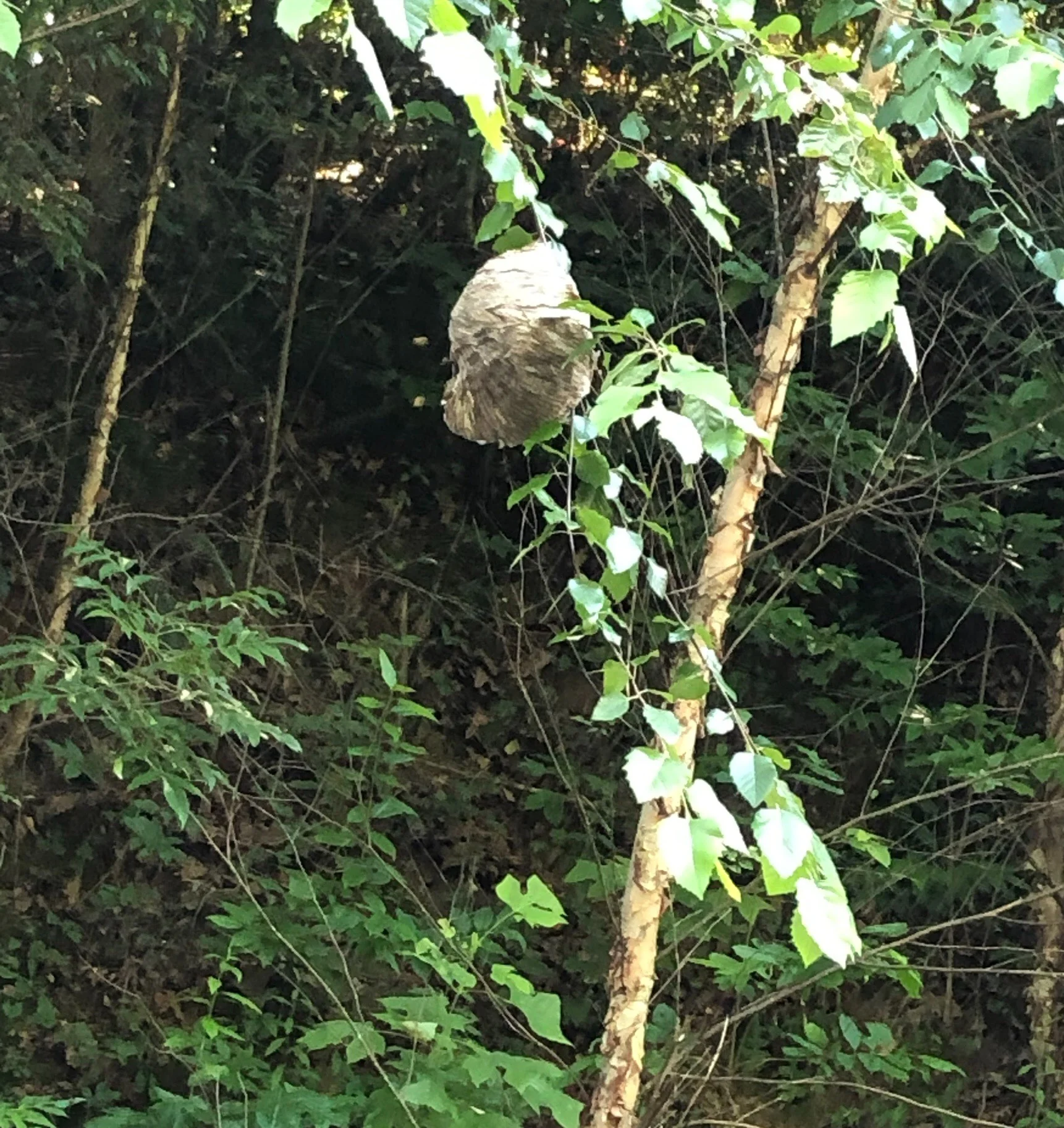Fact: Crows hatch from eggs. At least, that’s their usual route. But not Feannag.
He hatched from my brain, and his birth was a complete
accident. Sort of. Maybe it was more a perfect case of serendipity. And his
place of birth? Upstairs in my mini office. He nested in my computer.
Some poets and writers have days of feasting on their latest project, typing away as
their ideas flow from mind to fingers. My writing style is more like bone-picking.
Searching to see if I can find that one elusive idea that stirs my inspiration
to spend hours in front of my computer being a productive writer. I have a
hopelessly long list of possibilities for my writing—poems, short stories, novels,
young adult novels, screenplays, pipe dreams. Sometimes that potential list overwhelms me
and makes what I’m actually working on even more difficult. The OCD behavior of
a writer: Oh, look, I could write about that!
Which brings me to my two sources of inspiration for Feannag: corvids and Scotland.
I will always remember the beauty and intelligence of the ravens at the Tower of London
when I visited there. I also love their friendlier relatives, crows. They seem to be everywhere.
I’ve been feeding crows for quite a while now. Every morning I step outside my back door to feed my little crow family, rain or shine. Sometimes three, sometimes five, and sometimes seven of them. I scatter shells of roasted peanuts for them If they’re there. Even when I don’t see them, I know they’re out there.
They’re in the woods across the meadow, waiting. I call to them. In crow, of course.
Caw! Caw! Caw! Ca-caw! I think it must translate to “Food” because I’ve heard one of them,
the watcher, make those sounds to his family when he sees the peanuts tossed in the air.
I must have mastered fairly acceptable crow language because they answer me now.
I hear their raucous caws as they fly in. I love the way they circle and then
spiral down to land softly on the ground, on target. Sometimes they hop from
peanut to peanut, take one shell in their mouths, and fly off to a distant tree branch
to eat their treat before zooming back to get another one. Mannerly birds, unlike
the forceful blue jays who arrive in a squadron, gorge themselves, and screech at their friends, making every effort to snatch as many peanuts away from the crows as possible.
And then, there’s Scotland. I made an overnight trip to Edinburgh in 2014, so, of
course, I had to go back to see more. When I returned there with my husband in May 2019, I never
imagined how fully connected I would feel to the beauty of the country, the kindness of the people, and the spirituality of the Highlands. I have some Scottish ancestry, so I felt at home there. Scottish heritage runs deep here in the Appalachians, and I felt the strong connection between where I now call home and the lochs and mountains I visited in Scotland. As for Feannag, his name is Scottish-Gaelic for “crow.”
I didn’t intend to write a children’s book. In fact, it’s my first one ever. I think Feannag, who is a pushy little bird, wormed his way onto my list of writing ideas. He wanted to be born. And once he hatched, he bypassed the usual route of fledglings and their preparation for flight. Feannag was born ready, and his adventures remind us that we should “always, always have friends.”
When you read my book to your children and grandchildren—or to yourself—look for a thistle. It’s my wee nod to Scotland. And take time, especially now when you should have lots of time staying home, to look around you. If you see crows, observe them. They are crafty, highly intelligent birds.
They learn to recognize faces—of those who mistreat them and of those who are kind
to them. If you are kind to them and give them treats, they will call to you every morning—and come back for more. Show them benevolence and learn from them.
Sometimes when you feed crows for a while, especially near a tree stump or a small outside table, they will leave you a gift—a stone, a button, or any small, shiny object they find. They leave the gift for you to show gratitude or reciprocation. My next book about Feannag will teach another important socialization skill for young children (and adults): showing gratitude and learning to say, “Thank you.”
If crows can learn to reciprocate kindness, so can we!
____________
You can find Feannag the Crow at http://www.csabooks.com. Check out their official website: http://www.spiritofappalachia.com/ as well. See what the wonderful creative spirits there are doing to preserve Appalachian heritage.













